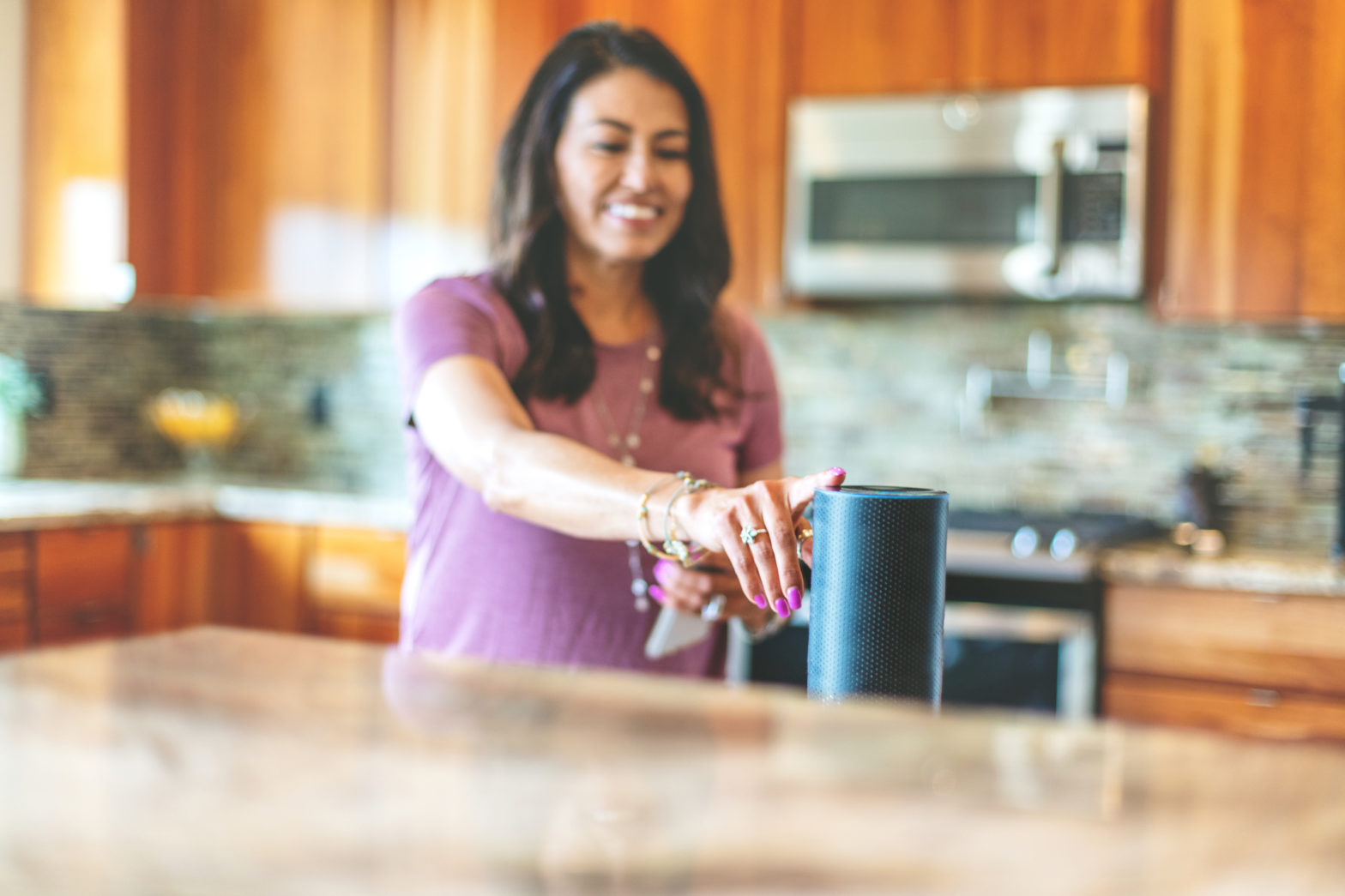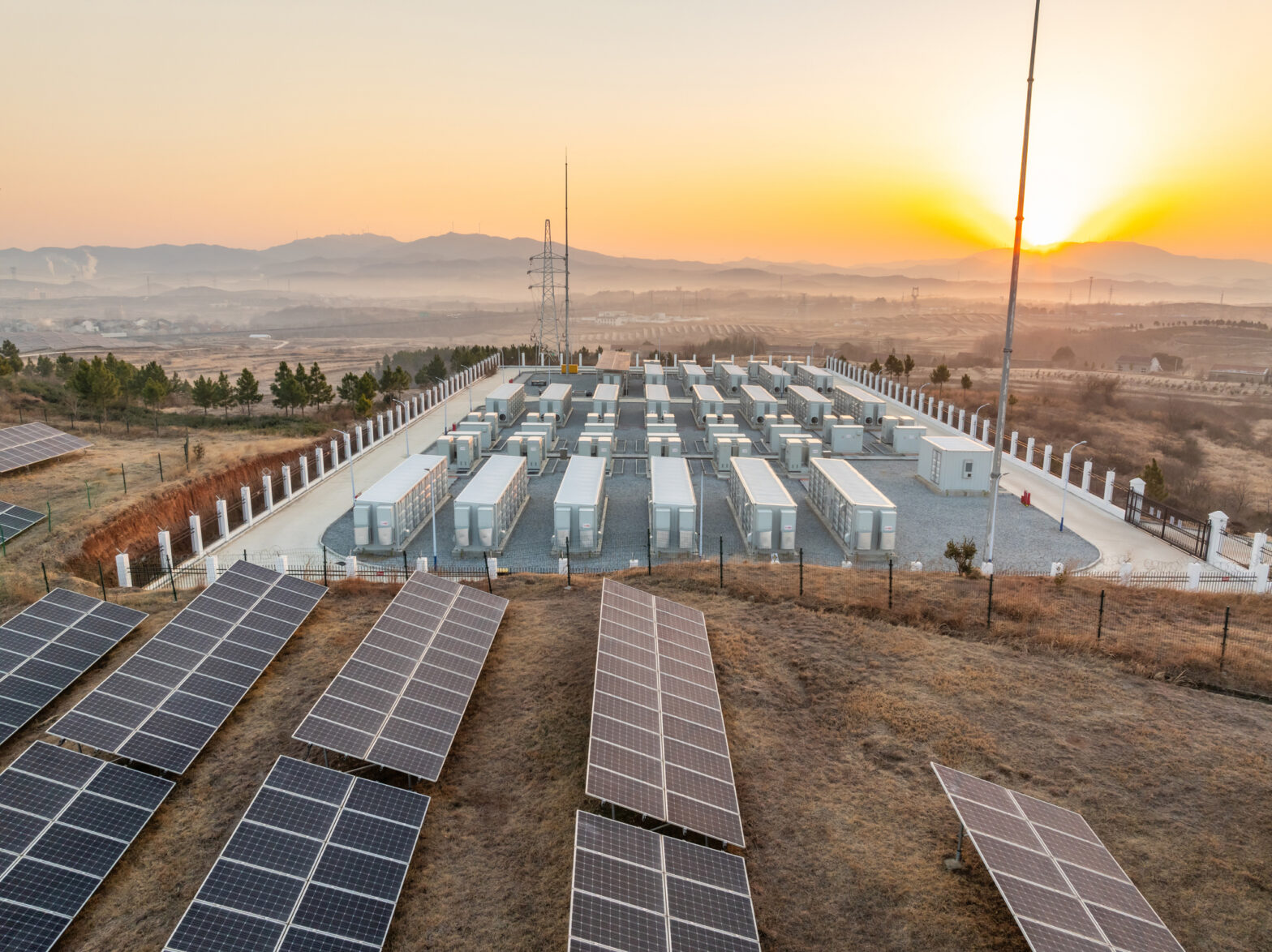This post was originally published on Tendril’s website. Tendril is now Uplight.
The connected home is gaining traction and voice-enabled technologies are leading the way. According to TechCrunch, 20 percent of WiFi-enabled households have a smart speaker, and NPR goes on to say 65 percent of smart speaker owners now can’t live without one. The technology may have arrived but beyond setting a timer and requesting music – two of the most popular applications today – what other use cases will extend the use of smart speakers? Energy is one of them.
Electric and gas utilities satisfy a key requirement necessary to bring voice technology into the mainstream: 100% market share. Everyone is a utility customer and can benefit from real-time information on how their home uses energy. Insights and proactive notifications from smart speakers can improve customer satisfaction, generate new revenue streams, and solidify the utility’s role in the connected home.
But it’s not enough to just offer energy-related information and notifications. Consumers have already shown limited interest in engaging with their utilities, so to expect a smart speaker to magically spur a change in behavior is misguided.
From our work examining smart speakers and the use cases driving adoption, we’ve established three best practices that can make energy a “killer application.”
1) Talk the talk – Voice commands and questions need to be simple. We must consider the way people think about energy and tailor requests accordingly. For instance, a person isn’t likely to ask a smart speaker “are LEDs right for me?” but they will ask, “how can I save on energy?” Similarly, only energy connoisseurs will know to ask for bill predictions, energy disaggregation, or program offerings. That’s why it’s important to build a user experience that guides your customer to actionable insights. For instance, a notification could be “Welcome back. It looks like you’re on track for a bill that’s 30% higher than normal due to hot temperatures. We have found three savings tips for you.” Direct, simple, and intuitive communications are more likely to spur an action and, therefore, necessary to influence and engage mainstream energy users.
2) Look at the bigger picture – Smart speakers shouldn’t be viewed in a silo. They can break down demand-side management (DSM) barriers and pave the way for other technologies that will define the connected home. Smart speakers can play a role in behavioral energy efficiency (Ok Google, how much energy did I use last Tuesday? or Alexa, alert me when I use more than average) and demand response (You received a credit on your bill for participating in today’s Summer Savings event). Plus, by gaining consumer mindshare around energy today, you increase awareness for future technologies like EVs (Alexa, charge my car when energy is cheapest) and storage (Ok Google, how much reserve power do I have?).
3) Automate where it makes sense – Even when utilities are successful getting consumers to take a more active role in managing energy, making the process simple will be vital. Take a demand response event for example. If a consumer asks, “how can I use less energy during this week’s heat wave?” telling them to pre-cool their house between 7-9 a.m. will fall short. First of all, will most people know what it means to pre-cool their home? Secondly, and perhaps more importantly, will they remember to do so? Probably not. Recommending the action and offering to execute it on their behalf is more likely to ensure a successful opt-in rate for demand management events. That is why at Tendril we have already connected our platform to the major smart thermostat providers – Nest, ecobee and Honeywell – and handle all of the hard work behind the scenes with our Orchestrated Energy solution.
Smart speakers can significantly improve how consumers engage with their energy providers. But it’s not enough to simply support voice integration. You must make it simple, deploy it as part of a larger connected home strategy and automate the experience wherever possible. If you are examining voice as a part of your consumer experience efforts we would welcome the opportunity to demonstrate Tendril’s capabilities.





